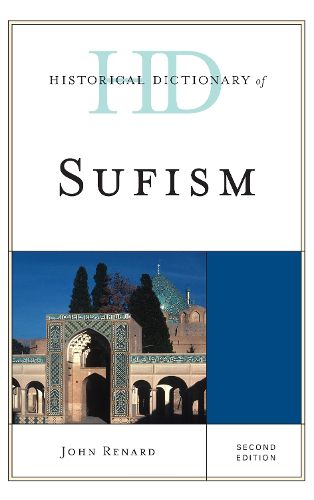Readings Newsletter
Become a Readings Member to make your shopping experience even easier.
Sign in or sign up for free!
You’re not far away from qualifying for FREE standard shipping within Australia
You’ve qualified for FREE standard shipping within Australia
The cart is loading…






The most broadly accepted explanation of Sufism i the etymological derivation of the term from the Arabic for wool, suf, associating practitioners with a preference for poor, rough clothing. This explanation clearly identifies Sufism with ascetical practice and the importance of manifesting spiritual poverty through material poverty. In fact, some of the earliest Western descriptions of individuals now widely associated with the larger phenomenon of Sufism identified them with the Arabic term faqir, mendicant, or its most common Persian equivalent, darwish. Sufism, as presented here embraces a host of features including the ritual, institutional, psychological, hermeneutical, artistic, literary, ethical, and epistemological.
This second edition of Historical Dictionary of Sufism contains a chronology, an introduction, a glossary, and an extensive bibliography. The dictionary section has over 1,000 cross-referenced entries on important personalities, major historical figures and movements, practices, economy, foreign relations, religion, and culture. This book is an excellent access point for students, researchers, and anyone wanting to know more about Sufism.
$9.00 standard shipping within Australia
FREE standard shipping within Australia for orders over $100.00
Express & International shipping calculated at checkout
The most broadly accepted explanation of Sufism i the etymological derivation of the term from the Arabic for wool, suf, associating practitioners with a preference for poor, rough clothing. This explanation clearly identifies Sufism with ascetical practice and the importance of manifesting spiritual poverty through material poverty. In fact, some of the earliest Western descriptions of individuals now widely associated with the larger phenomenon of Sufism identified them with the Arabic term faqir, mendicant, or its most common Persian equivalent, darwish. Sufism, as presented here embraces a host of features including the ritual, institutional, psychological, hermeneutical, artistic, literary, ethical, and epistemological.
This second edition of Historical Dictionary of Sufism contains a chronology, an introduction, a glossary, and an extensive bibliography. The dictionary section has over 1,000 cross-referenced entries on important personalities, major historical figures and movements, practices, economy, foreign relations, religion, and culture. This book is an excellent access point for students, researchers, and anyone wanting to know more about Sufism.